
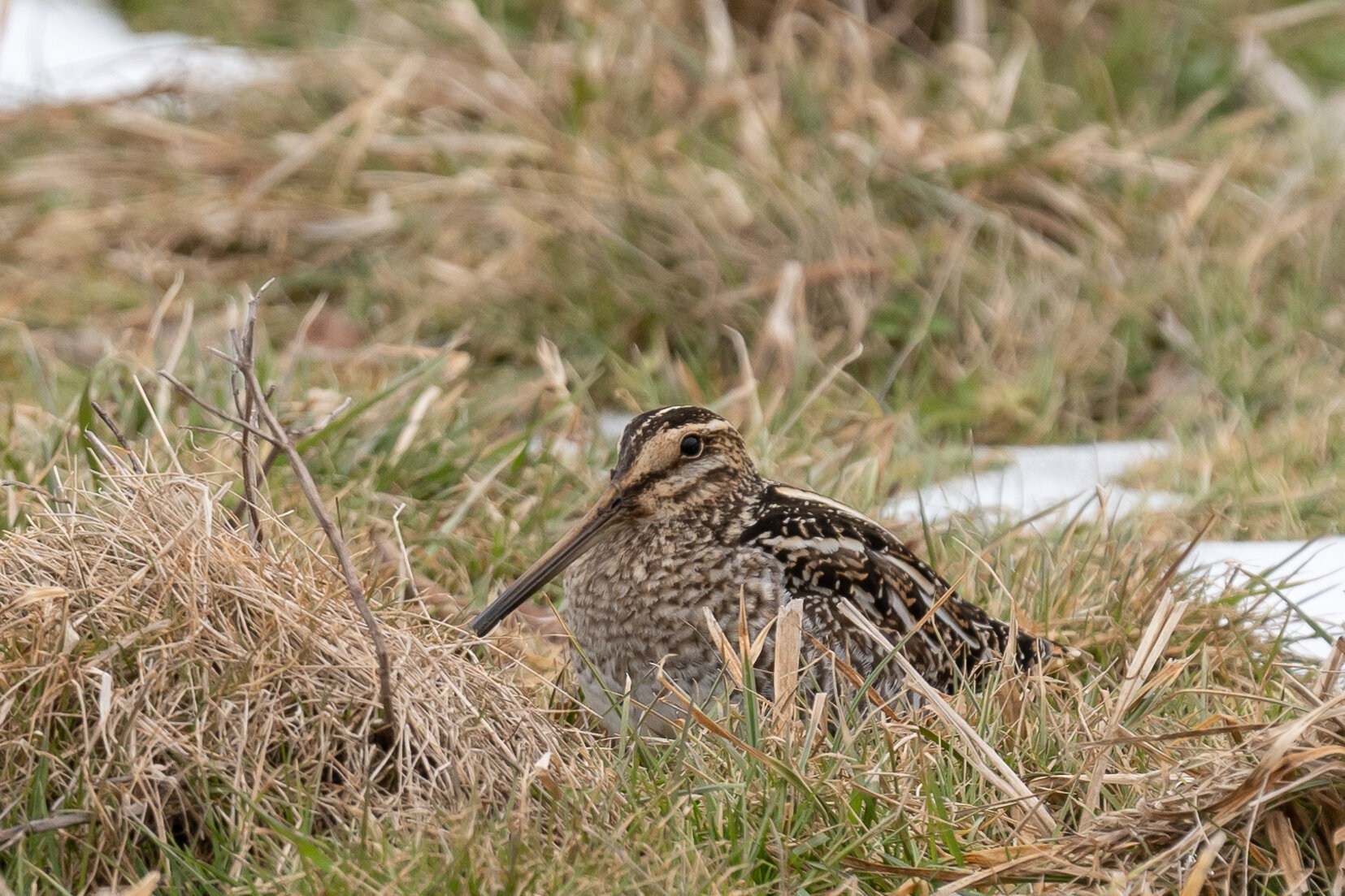

Kettles over Mahogany Rock
BRDC staff and volunteers spent Saturday through Monday looking up!
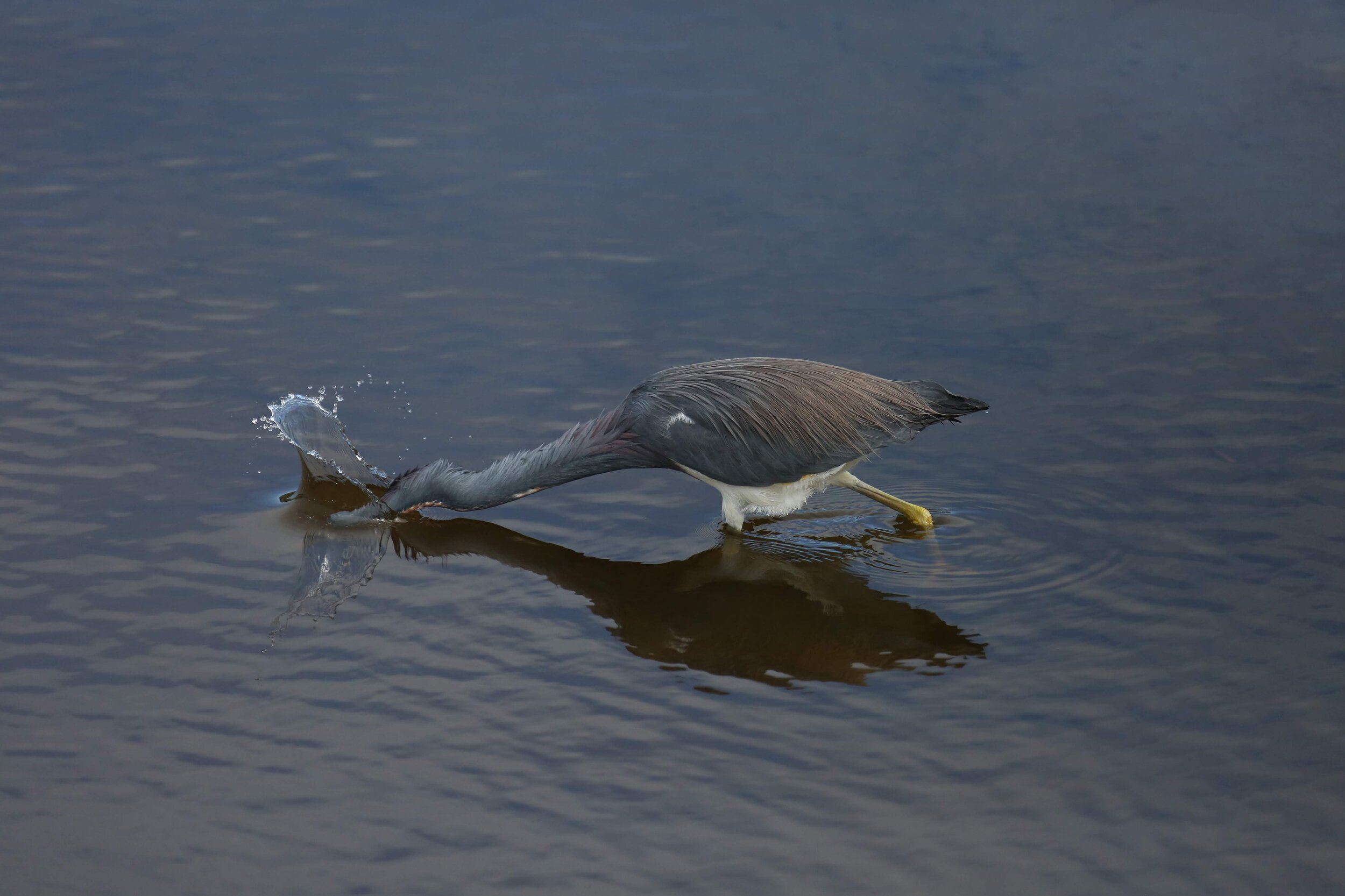
Youth HBSP Birding Expedition
Huntington Beach State Park (HBSP) hosts some of the best winter birding in South Carolina and was the destination for our recent youth birding expedition.

Birding Burke's
Per usual, the weather was cool and damp, but that had no bearing on the birds or the company when ten of us traveled the approximately 10-mile radius of the high elevation limestone valley known as Burke’s Garden. The reason for our February visit? Birds.
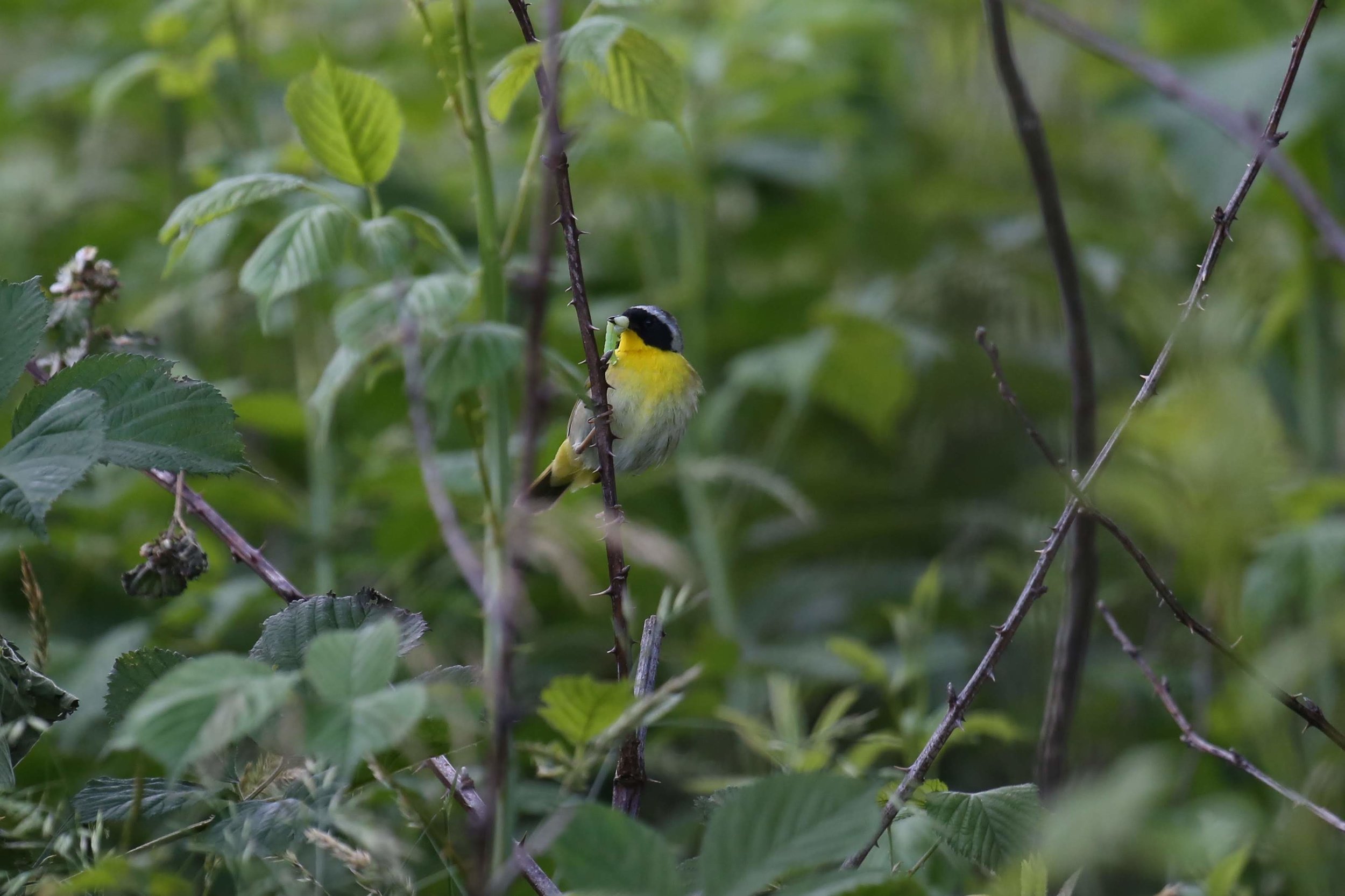

Summer Day Camps
BRDC staff and interns have been sharing the Blue Ridge with the kids of Grayson, Smyth and Washington Counties.
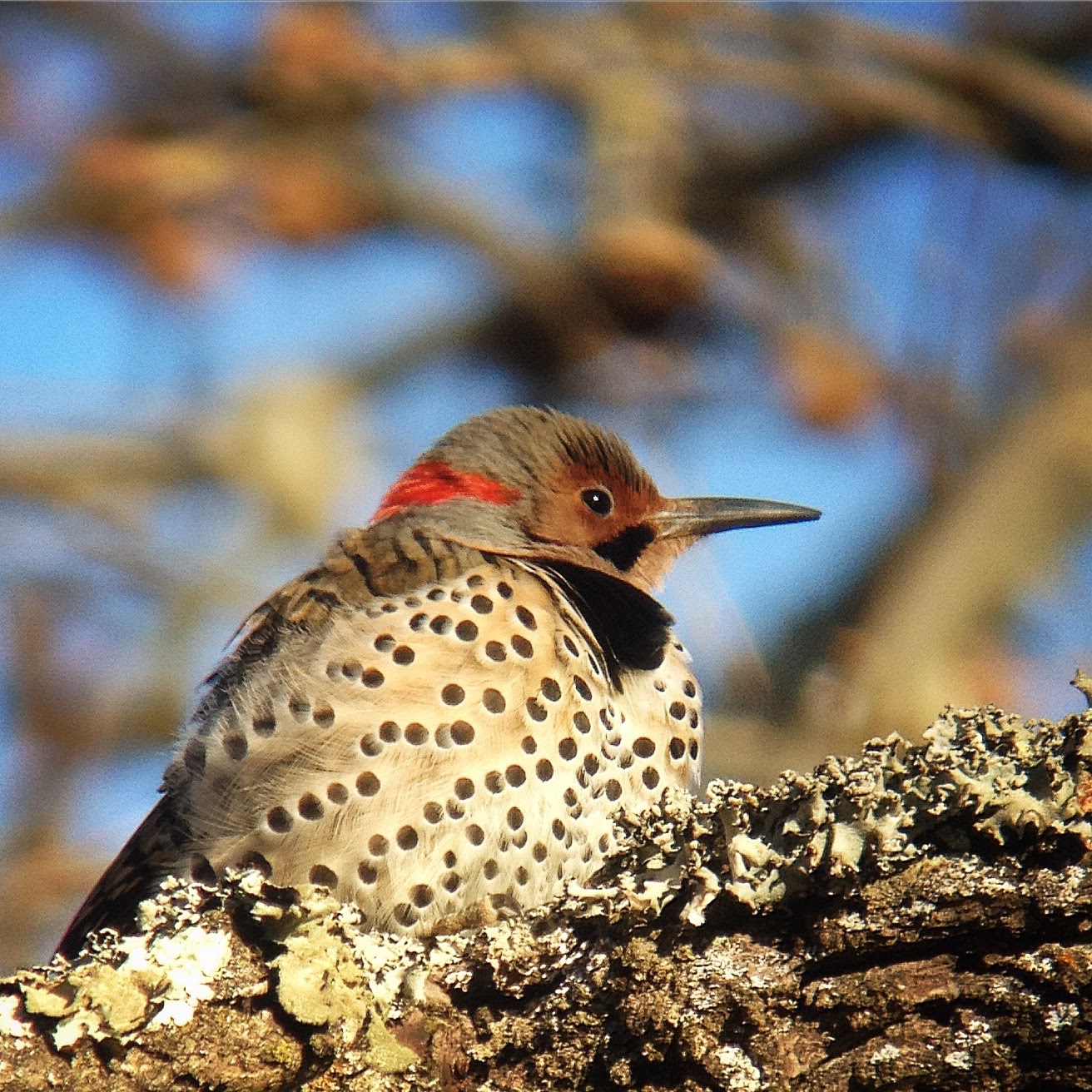
January Programs with Grayson County Public Schools
Blue Ridge Discovery Center shared two programs with 1st and 5th graders in Grayson County reaching five schools and seven classes in each grade.
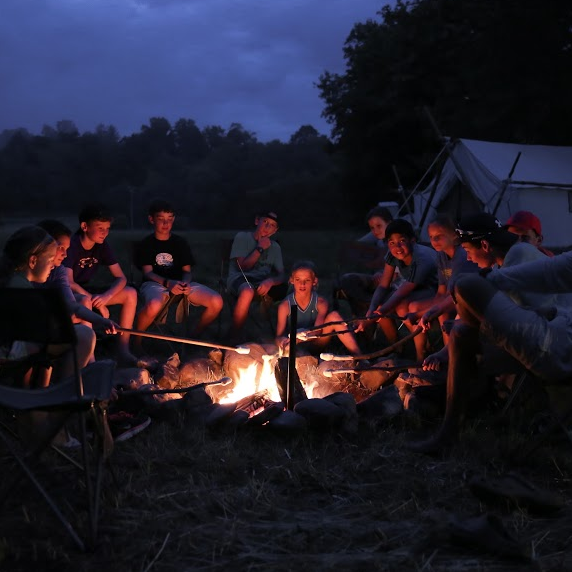
2018 Summer Camp registration is now open!
We are excited to announce our 2018 Summer Camps. Online registration is now open!Blue Ridge Discovery Center has put together six exciting camps for next summer, including backpacking, fly fishing, kayaking, ornithology, and two discovery day camps.

Raptors and Kids Circle Burkes Garden
Five eager and energetic students climbed into the van and began the trip to Burkes Garden